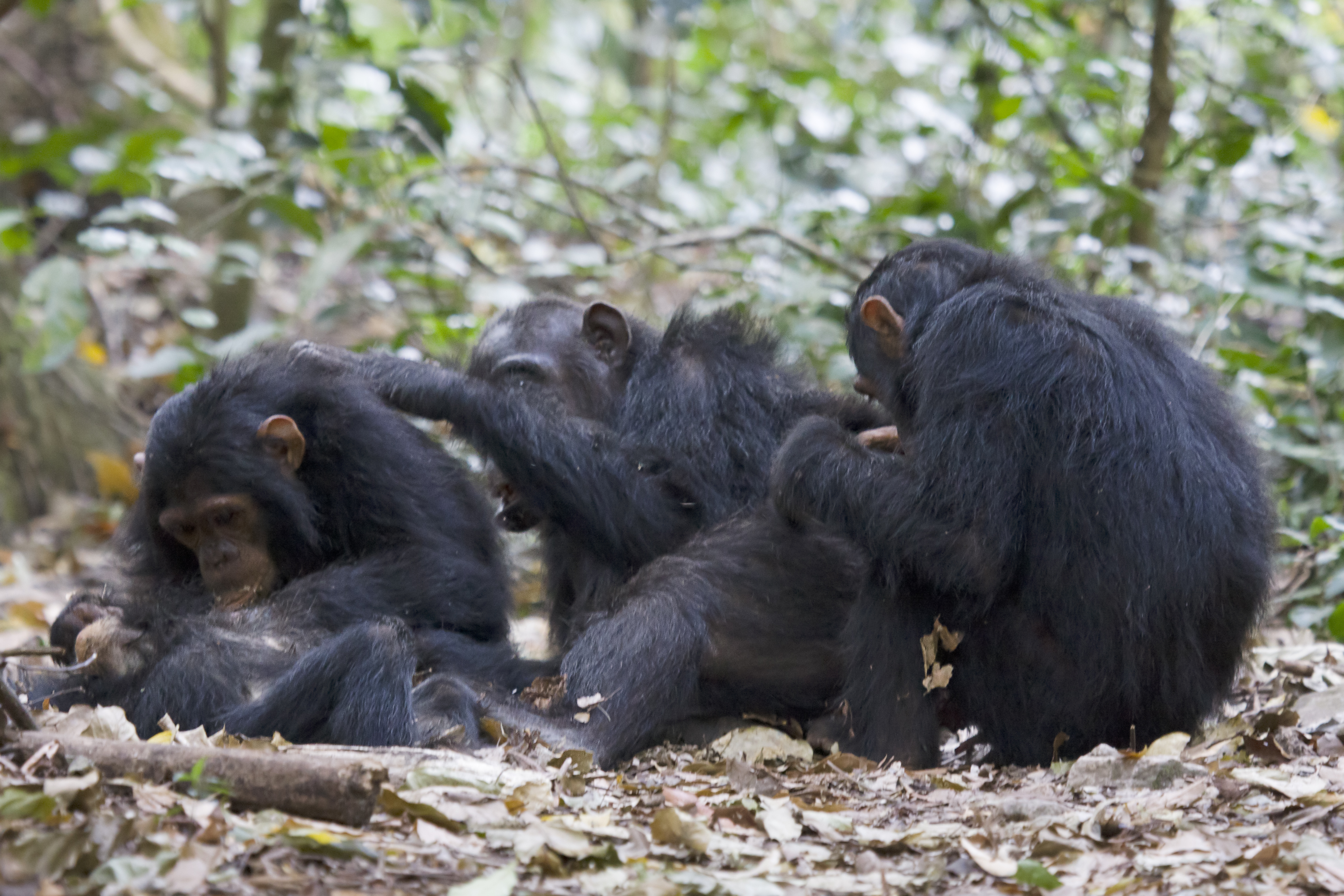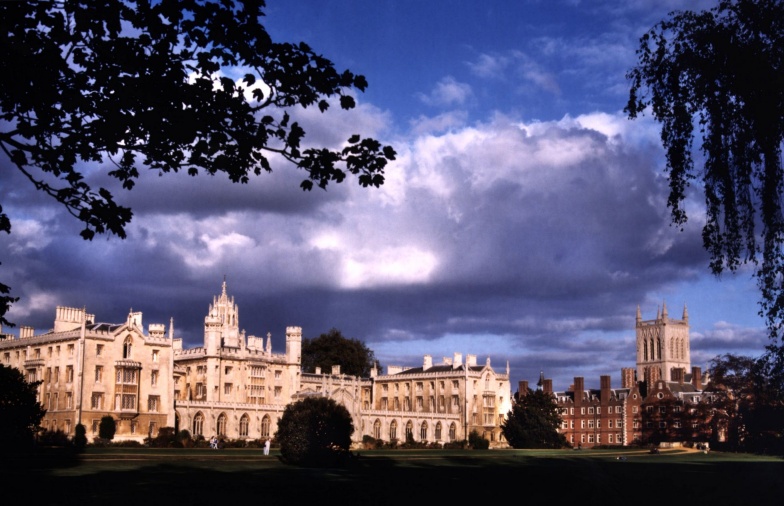|
Gombe National Park
Gombe Stream National Park is a national park in Kigoma District of Kigoma Region in Tanzania, north of Kigoma, the capital of Kigoma Region.Tanzania National Parks“Gombe Stream National Park”, 2008. Established in 1968, it is one of the smallest national parks in Tanzania, with only of protected land along the hills of the eastern shore of Lake Tanganyika.The Jane Goodall Institute“Gombe Stream Research Centre” 2008. The terrain is distinguished by steep valleys, and the vegetation ranges from grassland to woodland to tropical rainforest.PBS: Nature“Jane Goodall’s Wild Chimpanzees” 1996. Accessible only by boat, the park is most famous as the location where Jane Goodall pioneered her behavioural research on the common chimpanzee populations. The Kasakela chimpanzee community, featured in several books and documentaries, lives in Gombe National Park. Besides chimpanzees, primates inhabiting Gombe Stream National Park include beachcomber olive baboons, red colo ... [...More Info...] [...Related Items...] OR: [Wikipedia] [Google] [Baidu] |
Kigoma District
Kigoma District is one of the eight administrative districts of Kigoma Region in Tanzania. The district lies north of the city of Kigoma-Ujiji. Uvinza District, to the west and south of Ujiji, was split off from the Kigoma District in 1 July, 2013. Geography The District covers an area of , which is about 20.8% of the region's total area. It is bordered to the west by Lake Tanganyika. The district is bordered by Buhigwe District and Kasulu District to the east; Kigoma-Ujiji District and Uvinza District to the south. Demographics In 2016 the Tanzania National Bureau of Statistics report there were 267,712 people in the district, from 211,566 in 2012. The district is of the tribes of Waha, Wabembe, Wabwari, and Watongwe. Waha are the largest tribe, making up 95% of the people. Administrative subdivisions Kigoma District was administratively divided into 16 Ward, 46 villages, and 212 hamlets. Wards * Bitale (22,482) * Kagongo (10,252) * Kagunga (18,681) ... [...More Info...] [...Related Items...] OR: [Wikipedia] [Google] [Baidu] |
Red Colobus
Red colobuses are Old World monkeys of the genus ''Piliocolobus''. It was formerly considered a subgenus within the genus '' Procolobus'', which is now restricted to the olive colobus. They are closely related to the black-and-white colobus monkeys (genus ''Colobus''), and some species are often found in groups with the blue monkey. The western red colobus is frequently hunted by the common chimpanzee. The members of this genus are found in western, central and eastern Africa, and the species have largely allo- or parapatric distributions. They are primarily arboreal and most are restricted to humid forests, but the Zanzibar red colobus prefers coastal thickets and scrub. Red colobuses are highly sensitive to hunting and habitat destruction, and have been referred to as probably the most threatened taxonomic group of primates in Africa. If following the taxonomic treatment advocated in ''Mammal Species of the World'', all species except the Udzungwa, Semliki, Oustalet's and Th ... [...More Info...] [...Related Items...] OR: [Wikipedia] [Google] [Baidu] |
Gombe Stream NP Beute
Gombe may refer to: Places * Gombe State, Nigeria ** Gombe, Nigeria, the capital of Gombe State * Gombe, Angola * Gombe, Butambala, the capital of Butambala District in Central Uganda * Gombe, Wakiso, a town in Wakiso District, Central Uganda * Gombe, Kinshasa, in the Democratic Republic of the Congo * Gömbe, Kaş, a community in the Turkish Riviera People * Christian Gombe (born 1962), Central African Republic basketball player * Kabiru Gombe, Nigerian Islamic teacher under izalah * Samson Gombe (1938–1989), Kenyan scientist and professor Other uses * Cyclone Gombe, a 2022 tropical cyclone in Africa * Gombe (dish), a traditional Norwegian dish * Gombey, a dance from Bermuda (sometimes spelt Gombe) See also * Gombe Stream National Park Gombe Stream National Park is a national park in Kigoma District of Kigoma Region in Tanzania, north of Kigoma, the capital of Kigoma Region.Tanzania National Parks“Gombe Stream National Park”, 2008. Established in 1968, it is one of t ... [...More Info...] [...Related Items...] OR: [Wikipedia] [Google] [Baidu] |
Termite
Termites are small insects that live in colonies and have distinct castes (eusocial) and feed on wood or other dead plant matter. Termites comprise the infraorder Isoptera, or alternatively the epifamily Termitoidae, within the order Blattodea (along with cockroaches). Termites were once classified in a separate order from cockroaches, but recent phylogenetic studies indicate that they evolved from cockroaches, as they are deeply nested within the group, and the sister group to wood eating cockroaches of the genus ''Cryptocercus''. Previous estimates suggested the divergence took place during the Jurassic or Triassic. More recent estimates suggest that they have an origin during the Late Jurassic, with the first fossil records in the Early Cretaceous. About 3,106 species are currently described, with a few hundred more left to be described. Although these insects are often called "white ants", they are not ants, and are not closely related to ants. Like ants and some bees a ... [...More Info...] [...Related Items...] OR: [Wikipedia] [Google] [Baidu] |
Gombe Stream NP Gegenseitiges Lausen
Gombe may refer to: Places * Gombe State, Nigeria ** Gombe, Nigeria, the capital of Gombe State * Gombe, Angola * Gombe, Butambala, the capital of Butambala District in Central Uganda * Gombe, Wakiso, a town in Wakiso District, Central Uganda * Gombe, Kinshasa, in the Democratic Republic of the Congo * Gömbe, Kaş, a community in the Turkish Riviera People * Christian Gombe (born 1962), Central African Republic basketball player * Kabiru Gombe, Nigerian Islamic teacher under izalah * Samson Gombe (1938–1989), Kenyan scientist and professor Other uses * Cyclone Gombe, a 2022 tropical cyclone in Africa * Gombe (dish), a traditional Norwegian dish * Gombey, a dance from Bermuda (sometimes spelt Gombe) See also * Gombe Stream National Park Gombe Stream National Park is a national park in Kigoma District of Kigoma Region in Tanzania, north of Kigoma, the capital of Kigoma Region.Tanzania National Parks“Gombe Stream National Park”, 2008. Established in 1968, it is one ... [...More Info...] [...Related Items...] OR: [Wikipedia] [Google] [Baidu] |
Louis Leakey
Louis Seymour Bazett Leakey (7 August 1903 – 1 October 1972) was a Kenyan-British palaeoanthropologist and archaeologist whose work was important in demonstrating that humans evolved in Africa, particularly through discoveries made at Olduvai Gorge with his wife, fellow palaeoanthropologist Mary Leakey. Having established a programme of palaeoanthropological inquiry in eastern Africa, he also motivated many future generations to continue this scholarly work. Several members of the Leakey family became prominent scholars themselves. Another of Leakey's legacies stems from his role in fostering field research of primates in their natural habitats, which he saw as key to understanding human evolution. He personally focused on three female researchers, Jane Goodall, Dian Fossey, and Birutė Galdikas, calling them The Trimates. Each went on to become an important scholar in the field of primatology. Leakey also encouraged and supported many other PhD candidates, most notably from ... [...More Info...] [...Related Items...] OR: [Wikipedia] [Google] [Baidu] |
Anthropologist
An anthropologist is a person engaged in the practice of anthropology. Anthropology is the study of aspects of humans within past and present societies. Social anthropology, cultural anthropology and philosophical anthropology study the norms and values of societies. Linguistic anthropology studies how language affects social life, while economic anthropology studies human economic behavior. Biological (physical), forensic and medical anthropology study the biological development of humans, the application of biological anthropology in a legal setting and the study of diseases and their impacts on humans over time, respectively. Education Anthropologists usually cover a breadth of topics within anthropology in their undergraduate education and then proceed to specialize in topics of their own choice at the graduate level. In some universities, a qualifying exam serves to test both the breadth and depth of a student's understanding of anthropology; the students who pass are pe ... [...More Info...] [...Related Items...] OR: [Wikipedia] [Google] [Baidu] |
Ethological
Ethology is the scientific study of animal behaviour, usually with a focus on behaviour under natural conditions, and viewing behaviour as an evolutionarily adaptive trait. Behaviourism as a term also describes the scientific and objective study of animal behaviour, usually referring to measured responses to stimuli or to trained behavioural responses in a laboratory context, without a particular emphasis on evolutionary adaptivity. Throughout history, different naturalists have studied aspects of animal behaviour. Ethology has its scientific roots in the work of Charles Darwin and of American and German ornithologists of the late 19th and early 20th century, including Charles O. Whitman, Oskar Heinroth, and Wallace Craig. The modern discipline of ethology is generally considered to have begun during the 1930s with the work of Dutch biologist Nikolaas Tinbergen and Austrian biologists Konrad Lorenz and Karl von Frisch, the three recipients of the 1973 Nobel Prize in Physio ... [...More Info...] [...Related Items...] OR: [Wikipedia] [Google] [Baidu] |
African Leopard
The African leopard (''Panthera pardus pardus'') is the nominate subspecies of the leopard, native to many countries in Africa. It is widely distributed in most of sub-Saharan Africa, but the historical range has been fragmented in the course of habitat conversion. Leopards have also been recorded in North Africa as well. Taxonomy ''Felis pardus'' was the scientific name used by Carl Linnaeus in the 10th edition of ''Systema Naturae'' in 1758. His description was based on descriptions by earlier naturalists such as Conrad Gessner. He assumed that the leopard occurred in India. In the 18th and 19th centuries, several naturalists described various leopard skins and skulls from Africa, including: * ''Felis pardus panthera'' proposed by Johann Christian Daniel von Schreber in 1778 based on descriptions by earlier naturalists * ''Felis leopardus'' var. ''melanotica'' by Albert Günther in 1885 from the Cape of Good Hope, Southern Africa * ''Felis leopardus suahelicus'' by ... [...More Info...] [...Related Items...] OR: [Wikipedia] [Google] [Baidu] |
Hippopotamus
The hippopotamus ( ; : hippopotamuses or hippopotami; ''Hippopotamus amphibius''), also called the hippo, common hippopotamus, or river hippopotamus, is a large semiaquatic mammal native to sub-Saharan Africa. It is one of only two extant species in the family Hippopotamidae, the other being the pygmy hippopotamus (''Choeropsis liberiensis'' or ''Hexaprotodon liberiensis''). Its name comes from the ancient Greek for "river horse" (). Aside from elephants and rhinos, the hippopotamus is the largest land mammal. It is also the largest extant land artiodactyl. Despite their physical resemblance to pigs and other terrestrial even-toed ungulates, the closest living relatives of the hippopotamids are cetaceans (whales, dolphins, porpoises, etc.), from which they diverged about 55 million years ago. Hippos are recognisable for their barrel-shaped torsos, wide-opening mouths with large canine tusks, nearly hairless bodies, pillar-like legs, and large size: adults average ... [...More Info...] [...Related Items...] OR: [Wikipedia] [Google] [Baidu] |
Bushpig
:''"Bush pig" may also refer to the red river hog. The bushpig (''Potamochoerus larvatus'') is a member of the pig family that inhabits forests, woodland, riverine vegetation and cultivated areas in East and Southern Africa. Probably introduced populations are also present in Madagascar. There have also been unverified reports of their presence on the Comoro island of Mayotte. Bushpigs are mainly nocturnal. There are several subspecies. The vernacular name 'bushpig' may be used for either ''Potamochoerus'' species. Description Adult bushpigs stand from at the shoulder,Kingdon, J. (1997). ''The Kingdon Guide to African Mammals.'' Academic Press Limited, London. and mature boars can reach a weight of , although is more common. Sows are . They resemble the domestic pig, and can be identified by their pointed, tufted ears and face mask. Bushpigs vary in hair colour and skin colour over their range, southern ''koiropotamus'' and ''nyasae'' populations are dark reddish, sometim ... [...More Info...] [...Related Items...] OR: [Wikipedia] [Google] [Baidu] |

.jpg)





.jpg)